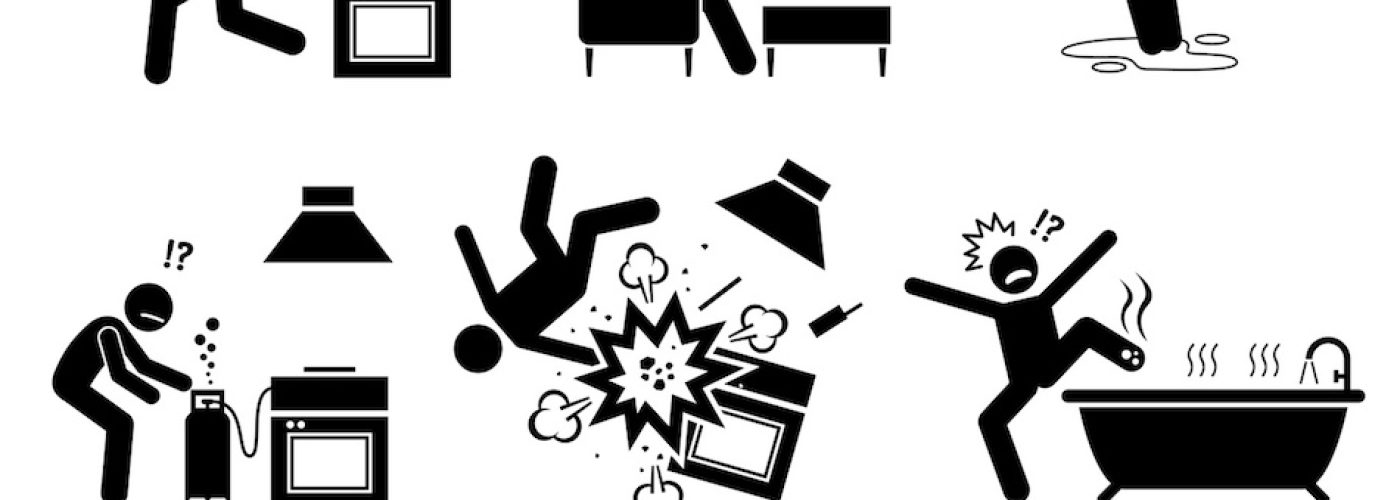Homes are considered a safe place, and the word “shelter” translates to safety and protection. However, you cannot deny some dangers hidden in plain sight at your home. These hazards can lead to injuries if you fail to recognize them on time.
Creating a safe environment at home is as essential as adding furniture and matching decors. If you are not sure how secure your home is, then it is time you start paying more attention to details. Read more to know some of the common safety hazards at home and how to avoid them.
Avoiding Electrical Fire
According to the National Fire Protection Association (NFPA), the US fire department visits around 300,000 homes every year to put out fires. However, by following simple precautionary measures, you can quickly improve fire safety at your home.
Check if you have a working safety switch that will turn off the main power when an electrical appliance fails. Look for frayed appliance cords, light switches, and power cords. Always keep an eye on the power points, which are located close to a water source.
Avoiding Slippage and Falls
According to statistics, more than one-third of the emergency visits to the hospitals are because of accidental falls and slips. From falling down the staircase to slipping in the shower, sometimes falls can lead to severe injuries and, in some cases, even death.
To avoid accidental falls, you must stabilize the stairs by testing the steadiness of the handrails, fix them to the floor properly and check whether there is sufficient lighting in the area.
Monitoring CO Levels
High exposure to carbon monoxide can cause impaired vision, vomiting, and even death. It is impossible to detect CO by smell, making it one of the most challenging threats to see. However, there are ways to avoid carbon monoxide-related injuries at home.
You can install a CO detector at your house, which will alert you if the carbon monoxide level reaches a dangerous high. Other than the detector, ensure that you keep up with regular home maintenance by having an expert service the water heater, HVAC system, and other devices every year.
Choking and Strangling Hazards
Creating a safe environment at home is very important, especially if you have newborn babies or kids with you. In the US, choking is said to be the fourth leading cause of accidental deaths. Small toys are responsible for the most common safety hazards at homes. To avoid this, you must regularly inspect the toys for any broken or loose parts.
It is also essential to have a baby monitor to listen in to any signs of choking. Next to choking, strangling by cords from curtains or blinds is the next common safety hazard for kids. Make sure not to place the kid’s crib or bed under or near a window with hanging cords. Secure the electrical cables and trim the hanging lines in the curtains to avoid accidental strangling.
If your house is missing out on even one of the safety measures in this list, it is time you immediately check it out and take the required steps. You will never know when anything can go wrong. So, practice constant vigilance and, more importantly, practice all the safety measures.





